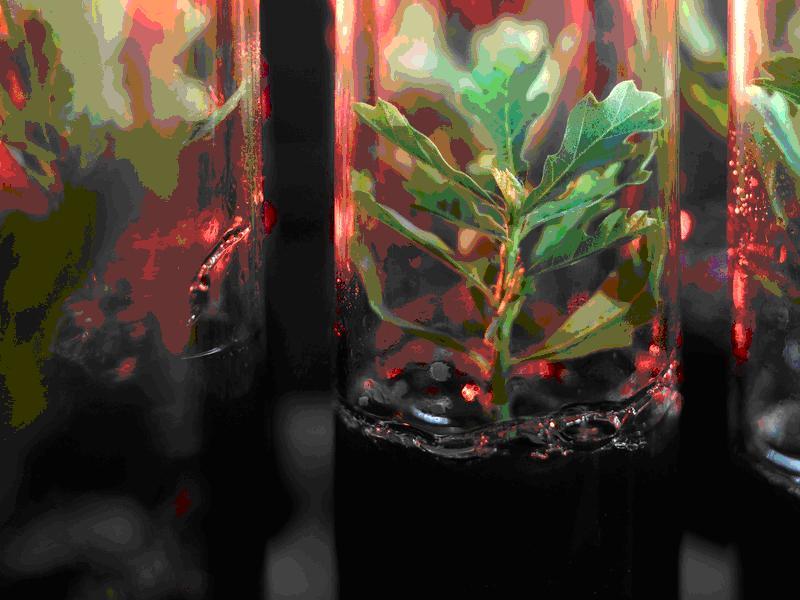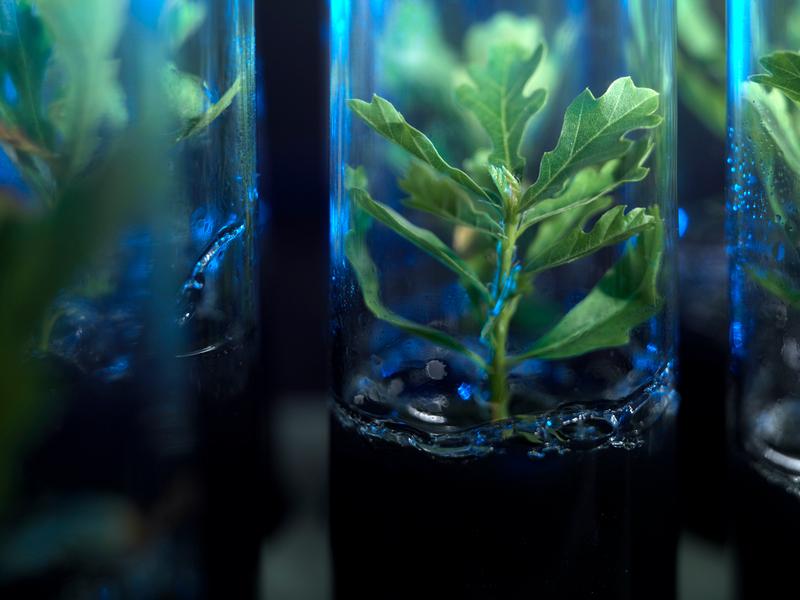Project Part 4: LeafCons
(Leaf herbivore)
M. Schädler & R. Brandl
Multitrophic interactions in an ectomycorrhiza-plant-insect herbivory system – plant gene expression, resource allocation and performance of plants and herbivores
Multitrophische Interaktionen in einem Ektomykorrhiza-Pflanze-Insektherbivor-System – Genexpression, Ressourcenallokation und Performance von Pflanze und Herbivoren
Mycorrhizal fungi and insect herbivores are important determinants of plant growth and ecosystem functioning. Further, mycorrhizal symbioses have been shown to have an important impact on plant interactions with herbivores. Influences of mycorrhiza on herbivores and vice versa have been demonstrated, but the underlying mechanisms are still not understood. Recent research provides circumstantial evidence that these effects may be triggered by interacting effects of mycorrhiza and herbivory on expression patterns of genes related to plant metabolism and defense as well as the allocation of resources within the plant-fungus system. Further, the effects of mycorrhiza on plant growth are contingent on the activity of other associated microorganisms, but their influence on plant interactions with herbivores is unknown. Here we propose to use the well characterized Quercus robur-Piloderma croceum system to study the interacting effects of mycorrhization and insect herbivory by Lymantria dispar on plant growth, gene expression patterns and resource allocation. The integration of molecular genetics, plant physiology and experimental ecology provides a novel and innovative approach for the study of multitrophic interactions and will yield fundamental information on the mechanisms and ecological consequences of the ectomycorrhizal symbiosis. We will further assess the importance of mycorrhizosphere actinomycetes and their interactions with mycorrhizal fungi for plant-insect herbivore interactions.
Mykorrhizapilze und herbivore Insekten haben bedeutenden Einfluss auf Pflanzenwachstum und Ökosystemfunktionen. Zudem ist bekannt, dass Mykorrhizierungen die Pflanze-Insekt-Interaktionen stark beeinflussen. Die gegenseitige Beeinflussung von Mykorrhiza und herbivoren Insekten wurde verschiedentlich gezeigt; die zugrundeliegenden Mechanismen sind jedoch weitgehend unbekannt. Neuere Forschungen geben Hinweise darauf, dass diese Effekte auf dem interagierenden Einfluss von Mykorrhiza und Insekten auf Expressionsmuster von Genen mit Funktion in der Pflanzenabwehr und -metabolismus sowie auf die Ressourcenallokation innerhalb der Pflanze beruhen. Zudem ist der Einfluss von Mykorrhiza auf die Pflanze von der Aktivität assoziierter Mikroorganismen abhängig, deren Bedeutung für die Pflanze-Insekt-Interaktionen bisher nicht untersucht ist. Hiermit wird vorgeschlagen, das gut charakterisierte Quercus robur-Piloderma croceum-System zu nutzen, um interagierende Effekte der Mykorrhizierung und Insektenherbivorie auf Pflanzenwachstum, Genexpressionsmuster und Ressourcenallokation zu untersuchen. Die Integrierung molekularer Genetik, pflanzenphysiologischer Techniken und experimenteller Ökologie stellt einen neuartigen und innovativen Ansatz für die Erforschung multitrophischer Interaktionen dar und wird grundlegende Erkenntnisse über die Mechanismen und ökologische Konsequenzen ektomykorrhizaler Symbiosen erbringen. Zudem sollen Informationen zur Bedeutung weiterer Mikroorganismen aus der Mykorrhizosphere (Aktinomyceten) und ihrer Interaktionen mit Mykorrhizapilzen für Pflanze-Insekt-Interaktionen erbracht werden.




